Biggest Upsets of the 2025 US Open

Biggest Upsets of the 2025 US Open
From first-round shockers to quarterfinal stunners, here’s a crisp recap of the 2025 US Open’s most dramatic upsets—and what they revealed about the tournament’s shifting momentum.
The shocks that lit up Flushing Meadows
What is a Grand Slam without a few jaw-dropping reversals? The 2025 US Open delivered them in spades. Watching from the UAE, the buzz was unmistakable—momentum swings, five-set marathons, and fearless tennis that turned the draw upside down.
| Match | Round | Score |
|---|---|---|
| Alexandra Eala def. [14] Clara Tauson | Round 1 | 6-3, 2-6, 7-6(11) |
| Renata Zarazua def. [6] Madison Keys | Round 1 | 6-7(10), 7-6(3), 7-5 |
| Benjamin Bonzi def. [13] Daniil Medvedev | Round 1 | 6-3, 7-5, 6-7(5), 0-6, 6-4 |
| Raphael Collignon def. [12] Casper Ruud | Round 2 | 6-4, 3-6, 3-6, 6-4, 7-5 |
| [25] Felix Auger-Aliassime def. [3] Alexander Zverev | Round 3 | 4-6, 7-6(7), 6-4, 6-4 |
Alexandra Eala over Clara Tauson: A tiebreak masterclass
Eala’s composure under pressure stood out as she clawed back from 1-5 in the decider and edged a marathon tiebreak. Against an in-form Tauson, the world No. 75 blended fearless hitting with timely defense to seal her fourth Top-20 win of the season—and a milestone main-draw victory for a player representing the Philippines.
Renata Zarazua stuns Madison Keys
Down a set and a break, Zarazua refused to blink. She absorbed pace, extended rallies, and flipped the script with nerve and variety to defeat the No. 6 seed in three tight sets.
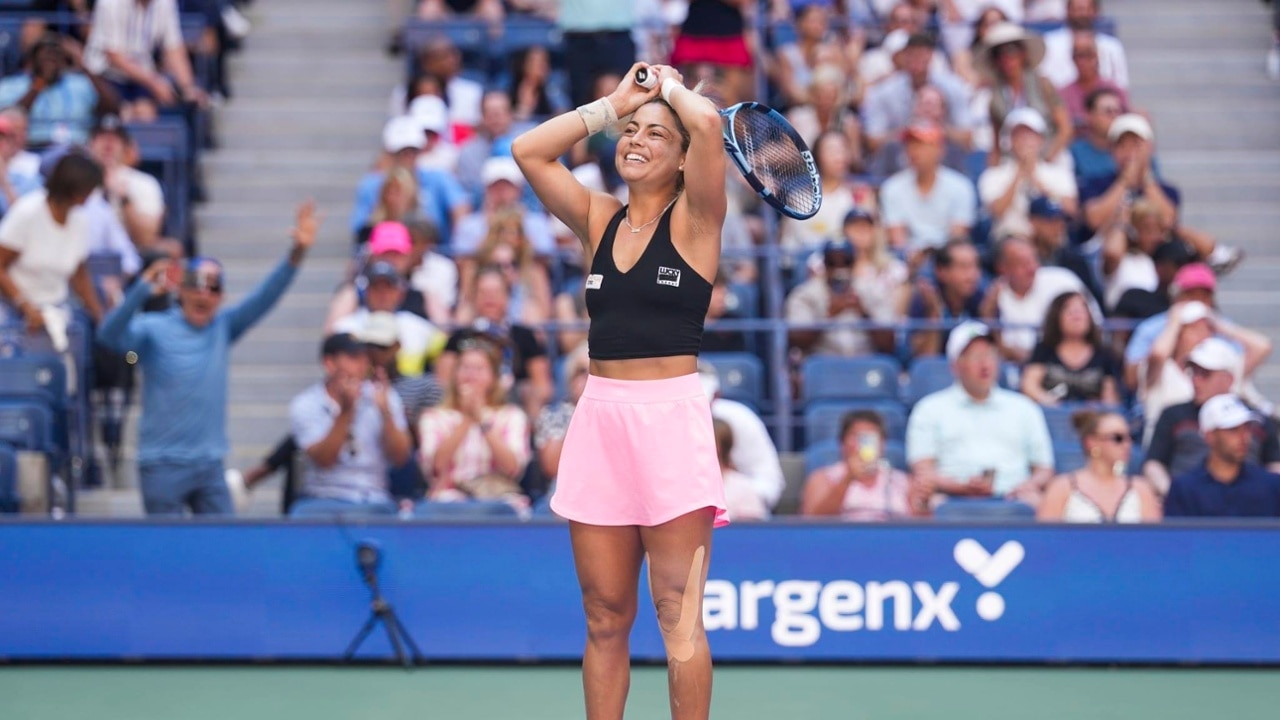
Benjamin Bonzi outlasts Daniil Medvedev
In a five-set rollercoaster, Bonzi maintained clarity when it mattered. After Medvedev surged to force a fifth, the Frenchman reset, simplified patterns, and closed the door with disciplined serving and early strikes off the return. It was a statement of resolve against a former US Open champion.
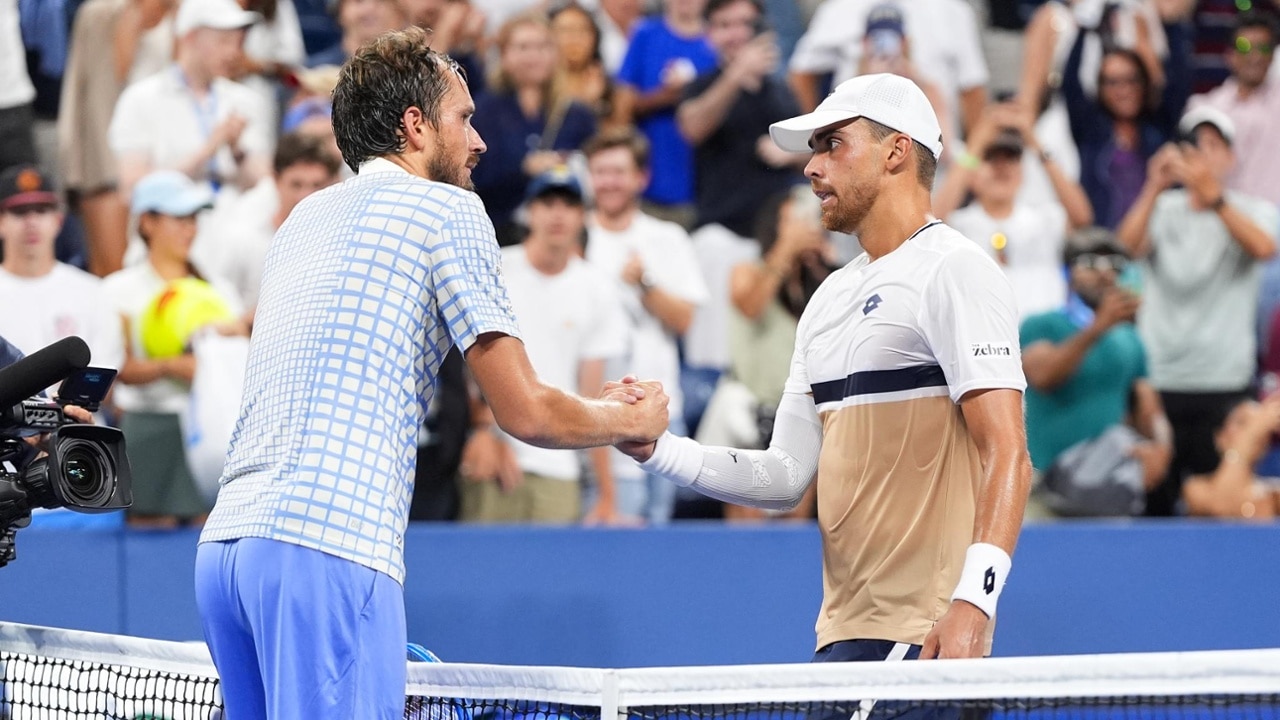
Raphael Collignon topples Casper Ruud
Rankings meant little on Stadium 17 as Collignon matched Ruud rally for rally and found extra depth late in the fifth. His shot tolerance and willingness to take the ball early earned him the biggest win of his career—proof that belief can level any playing field.
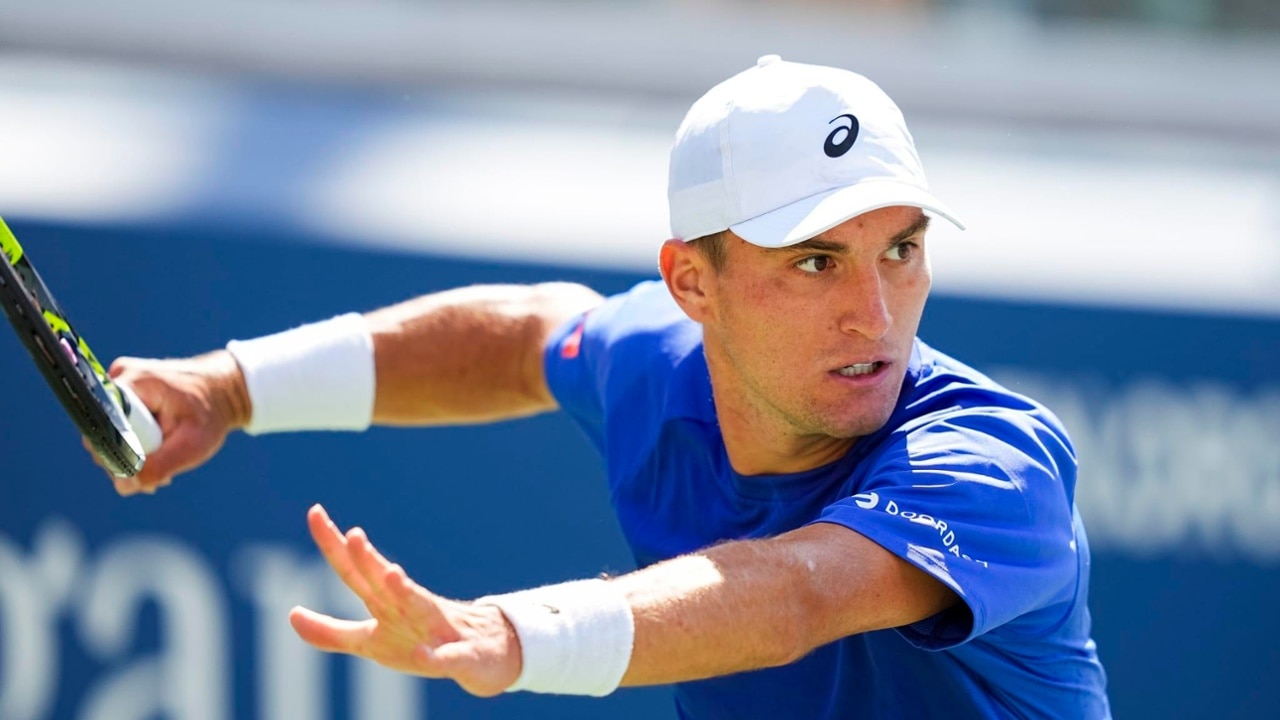
Taylor Townsend’s double strike: Ostapenko and Andreeva
Flair met execution as Townsend overturned early deficits to dismiss two seeds in straight sets. The lefty’s aggressive returns, sharp net play, and confident serving set the tone, and her mindset—attacking first, dictating always—carried from singles into doubles without missing a beat.
Jan-Lennard Struff rolls through Rune and Tiafoe
Coming from qualifying, Struff unleashed first-strike tennis that overwhelmed two marquee names. Power serving, forehand first-ball aggression, and fearless net forays defined both wins—vintage Struff, distilled.
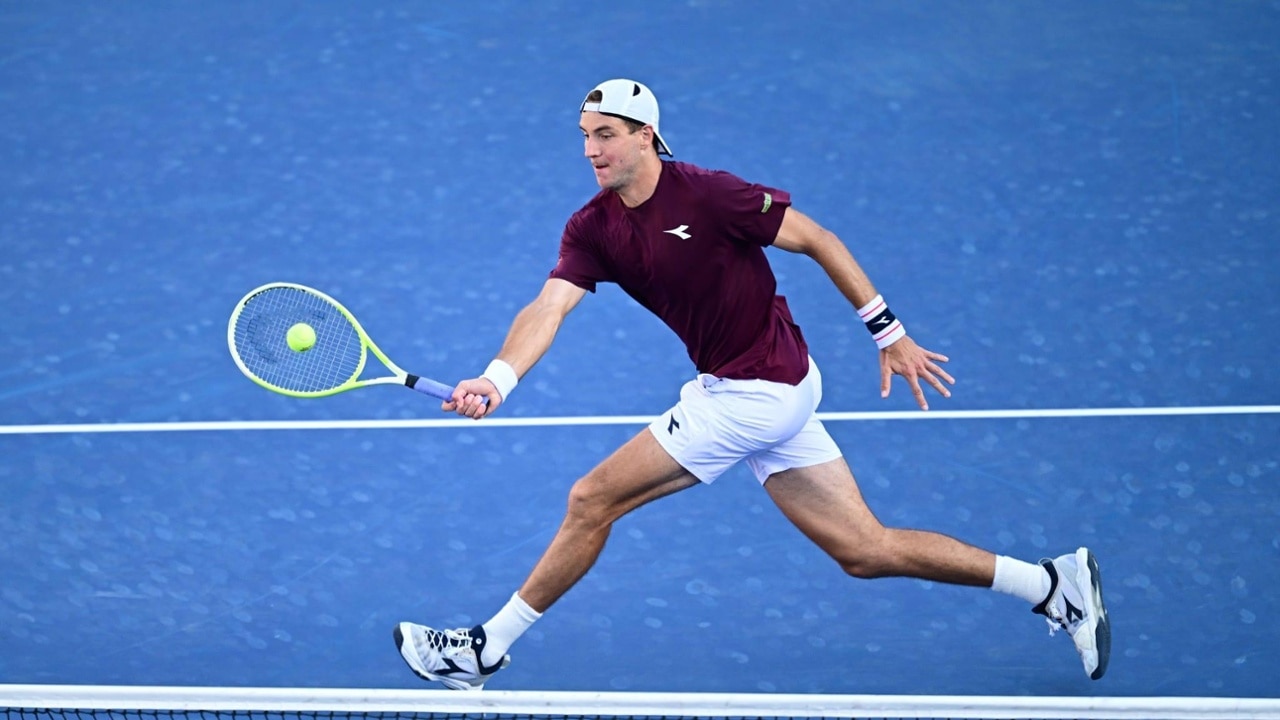
Felix Auger-Aliassime downs Alexander Zverev
After a shaky start, Auger-Aliassime recalibrated his serve patterns and let his forehand fly. The Canadian controlled the big points from the ad court and put pace through the court to disrupt Zverev’s rhythm, turning a tight second-set tiebreak into a momentum swing he never surrendered.
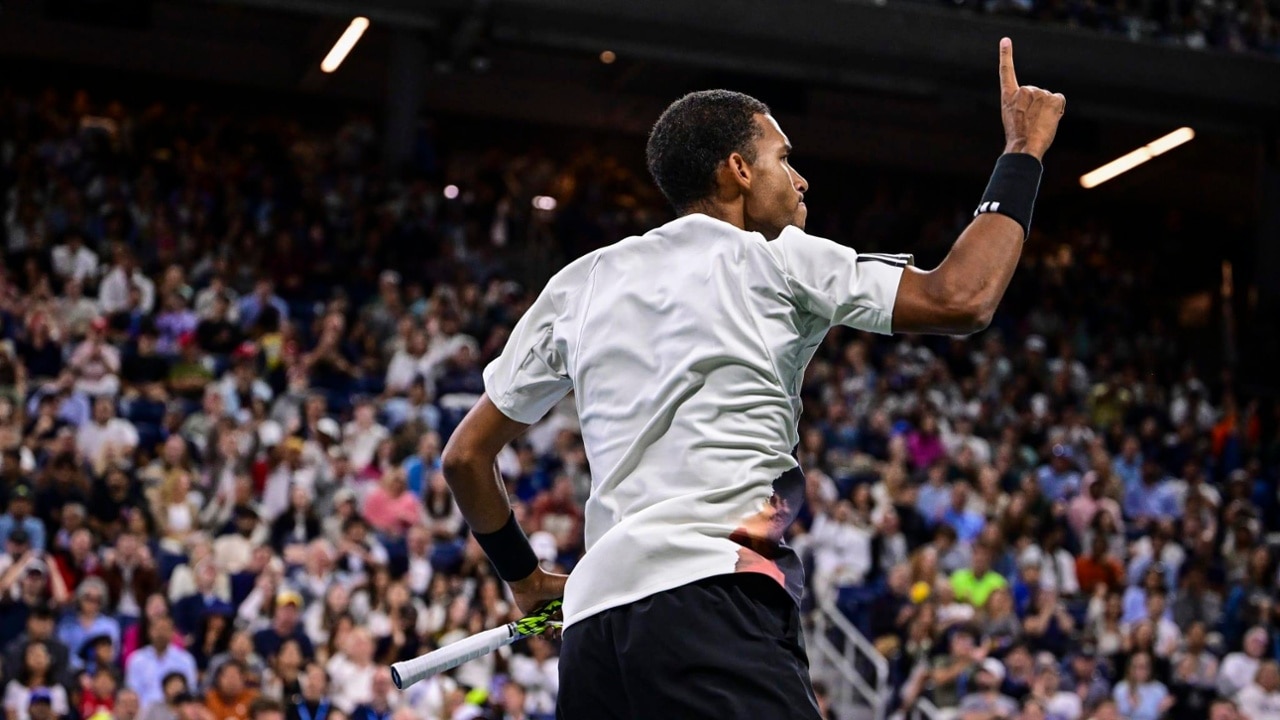
Naomi Osaka over Coco Gauff
Calling it an “upset” is debatable—Osaka’s pedigree looms large—but the manner of victory impressed. Her first-serve accuracy and pace blunted one of the tour’s most dangerous return games, and her baseline discipline compressed rallies on her terms.
Amanda Anisimova stops Iga Swiatek
After early turbulence, Anisimova hit through the court with clean, early contact and punished short replies. Swiatek’s recent form made her a favorite, yet Anisimova’s strike-first timing and fearless backhand changed the temperature of the match in a hurry.
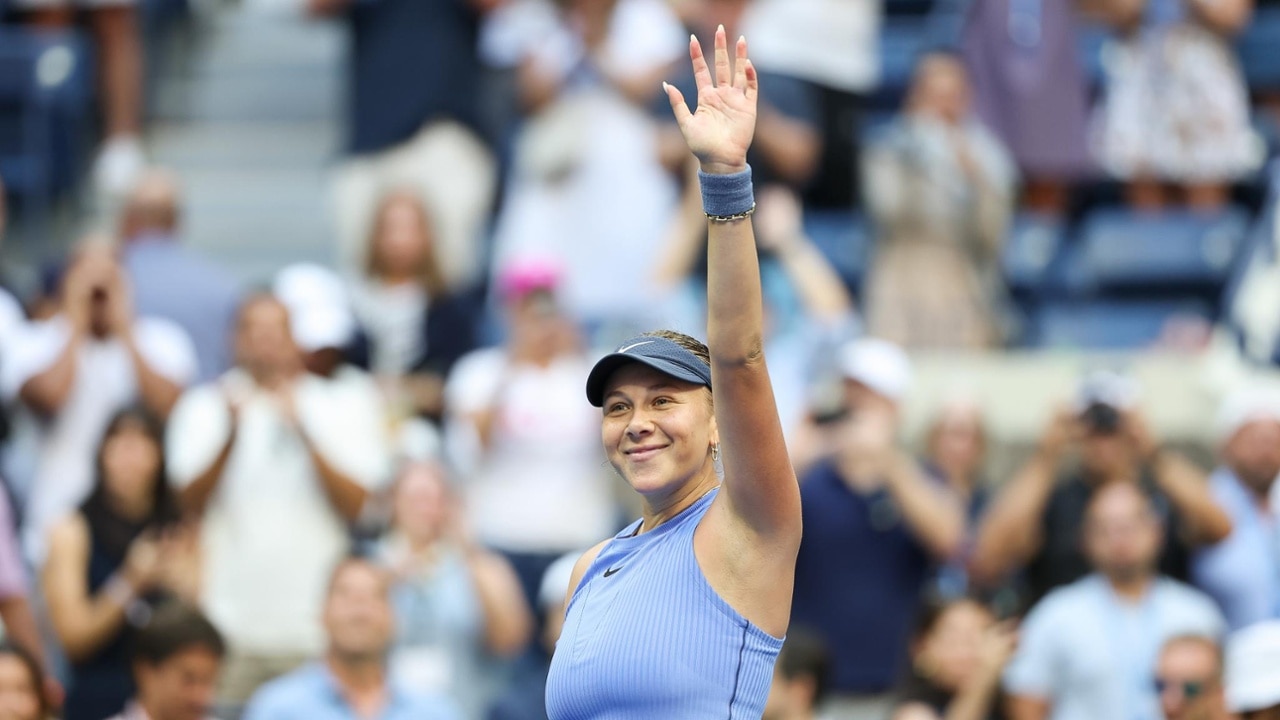
Key patterns we noticed
- Momentum is a skill: The best underdogs rode small openings—one return game, one long rally—into full-set swings.
- First serve as a shield: In several upsets, a higher first-serve percentage turned defense into instant offense.
- Court position mattered: Winners stepped inside the baseline, took time away, and finished at the net when offered.
- Composure was currency: Tense tiebreaks and deciding sets favored the player with clearer patterns and simpler targets.
By the numbers (context, not absolutes)
- Multiple Top-10 seeds exited before the second week.
- Former champions figured prominently—in early exits and in commanding wins over higher seeds.
- Deciding sets and tiebreaks proved decisive across the board.
Final thoughts
The 2025 US Open reminded us that form guides the narrative, but nerve writes the ending. From New York’s roar to living-room watch parties in the Gulf, this fortnight underlined a timeless truth: on the biggest stages, courage travels.
Source: https://www.usopen.org
